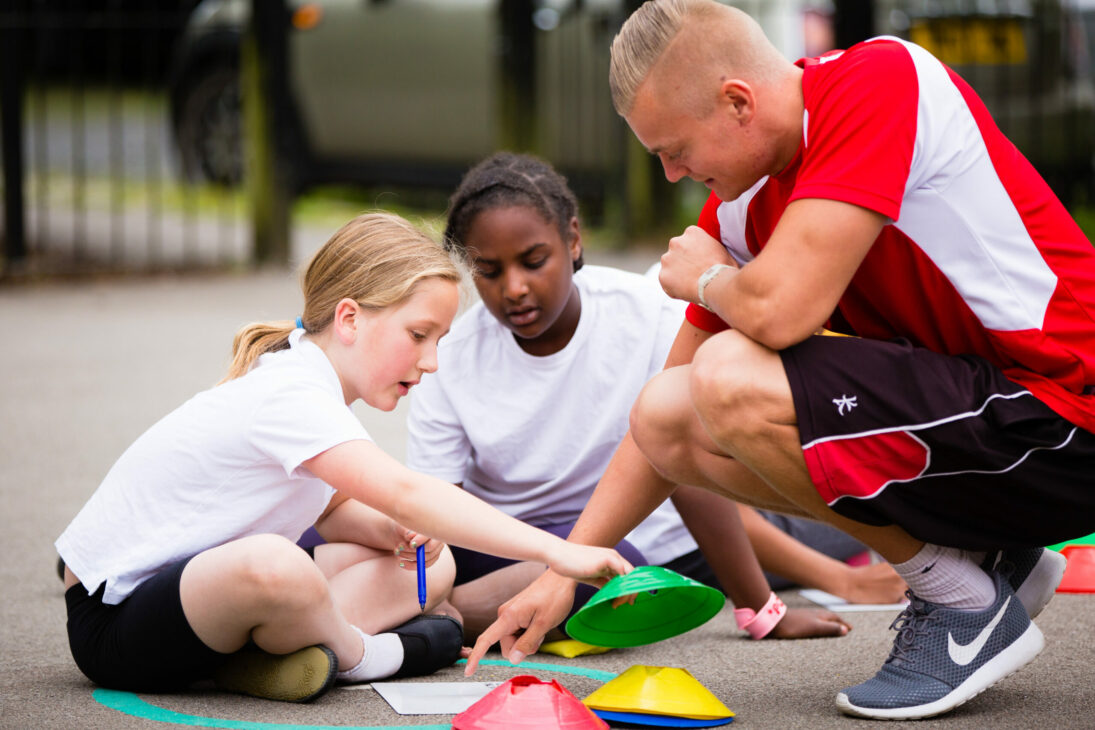You’ve probably heard about it by now, the idea of physically active learning. Gone are the days when pupils would spend an entire hour sat behind their desks.
Okay, we may be being bit optimistic suggesting this no longer happens, but we can dream, can’t we?
And why do we dream this to be a thing of the past? You only have to look at the facts…
Enhanced academic achievement
Did you know that after 2 years of physically active learning, a child could be 4 months ahead in maths and spelling in comparison to seated learning?
There’s no shortage of research that supports the use of long-term physically active learning. A study looking into the effects of physical activity on academic achievement found the impact to be strongest in maths, yet all academic subjects were proven to benefit.
Improved attention
Physical activity has a significant impact on the focus of an individual. You may be thinking, surely getting pupils up and moving during a lesson is the opposite of keeping them on task? In fact, Introducing movement into the classroom is a way of doing just that. Research from East Carolina University found that pupils who undertook a one 10-minute Energizer physical activity break daily for 12 weeks demonstrated a higher frequency of on-task behaviours. It’s no secret that children tend to be bundles of energy, so it makes sense that if this energy is supressed behavioural problems can occur.
More opportunity to move
Childhood obesity; one of the most serious public health challenges of the 21st century as regarded by the World Health Organisation. Its increased prevalence is alarming; data from the National Child Measurement Programme shows one in five 10 – 11 year olds and one in ten reception aged children are classed as obese, the rates increase to a third and a fifth respectively if those children who are overweight are included.
With children spending so many of their waking hours at school, we need to ask ourselves, what can we do in school time to support children? One way recommended by the UK government’s recent childhood obesity strategy is active lessons. Time to get that classroom moving!
So we’ve told you why physically active learning is a phenomenon with far-reaching value. But how are you actually supposed to implement it? That’s where we can help.
We present Maths on the Move. We give your school experienced educators, learning materials, plus regular impact reports; your pupils gain confidence and increased attainment in maths.
How does this work? Click here to find out.
Contact us on 02392 007523 for more information.
